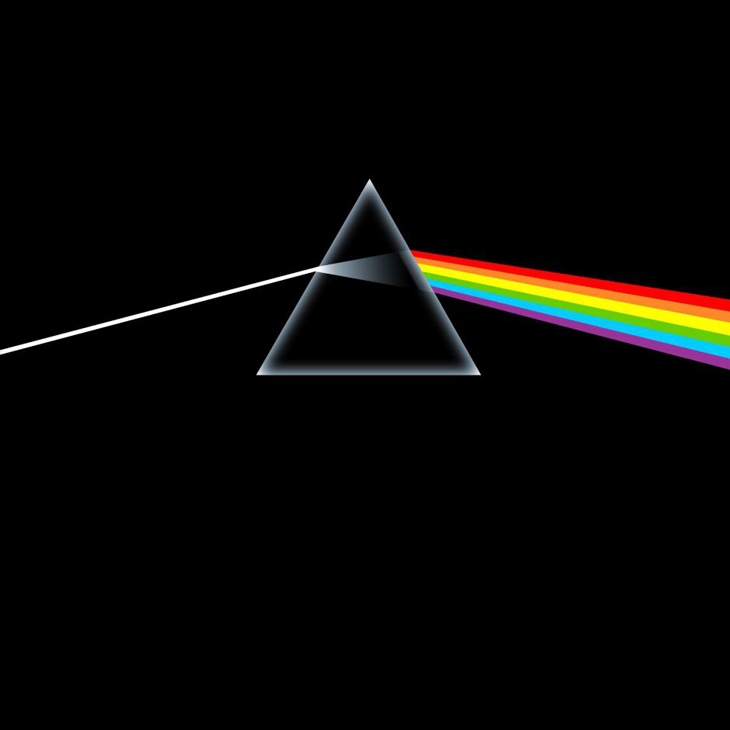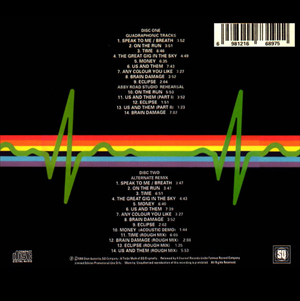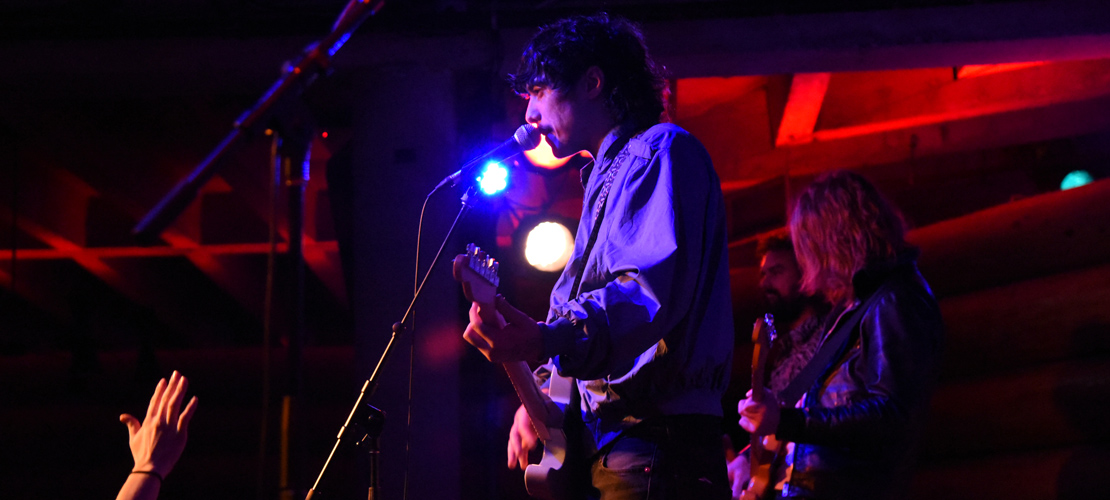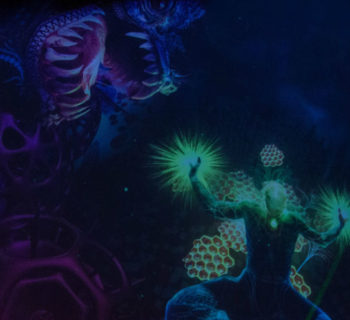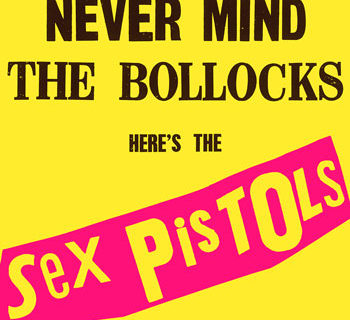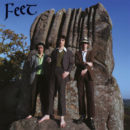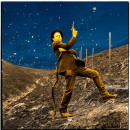Pink Floyd - Dark Side of the Moon
“There is no dark side of the moon, really, it’s all dark”
Art isn’t reality; it’s real. Reality is a confusing rainbow of sensations, moments, and dimensions; contradictions; meaningless chaos, and equations that don’t add up. An artist takes this confusing pluralist rainbow, and with their chosen instrument—be it pen, brush or guitar—refracts that rainbow and strips it to its bare elements; the result? A fixed beam of light. Dark Side of the Moon is an extreme example of this process and one of its greatest.
This record has factored heavily into my life and been a go-to for upwards of a decade. From the moment the heart begins beating—through the passage of time, money, death, and madness— Pink Floyd sings about all the shit you don’t care to think about. They’re obsessed with re-creating reality in musical form.
Progressive rock is somewhat infamous for virtuosity, but this album’s merits are less about thousand-note guitar solos (Gilmour’s famous for the opposite) or twenty-minute jam sessions. Instead, Dark Side of the Moon uses the most invisible of virtuosities: form as function. The songs are written to mimic the action of their subject. From the opening and closing bass drum-kicks, meant to sound like a heartbeat, to the chiming clocks in “Time”, and clanging coins in “Money,” the non-musical and musical elements are fused in service of the illusion of reality.
More to the point, No one member stands out: This is Pink Floyd as one unit, playing in service of the music at hand. Rick Wright and Nick Mason’s understated keyboards and drums are as important as David Gilmour’s ambient guitar solos and Roger Water’s thick, melodic basslines. All these musicians are peak players, but they’re listening and ego-less, trying to create a wall of reality with no bricks or mortar. The effect is timeless and true.
They’re obsessed with re-creating reality in musical form.
Dark Side of the Moon is not reality, something it openly acknowledges. Even its recording is artificial. But its focus, execution, and understated technical musicianship are honest. It is a prism of events and moments, burned to the essential elements: a rainbow turned to a beam of light.
It is not reality; but it’s real. And really, why do you need reality when you have art this good?
Until I see you on the Dark Side of the Moon

